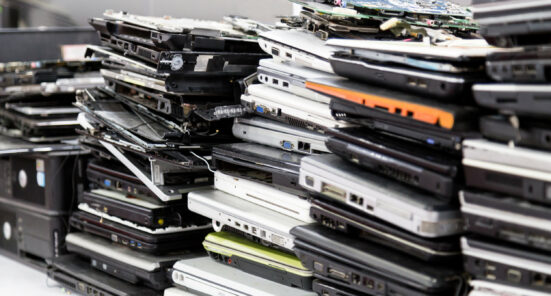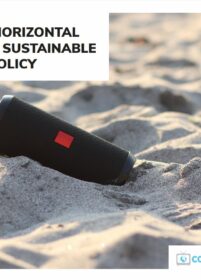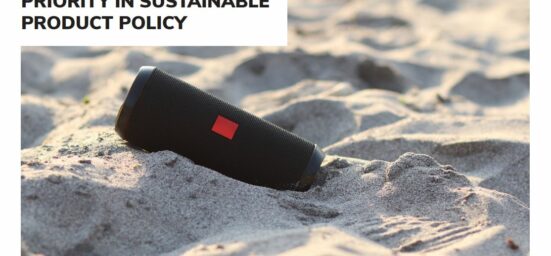Inactive devices sometimes continue consuming a surprising amount of energy, increasing electricity bills, be they in “off”, standby, or “networked” standby mode.
Despite regulations and substantial technological progress, more efforts are still needed to further reduce this waste of energy to an amount close to zero. The number of electronics and appliances with constant network connectivity is rapidly increasing, extending the time in networked standby and thus electricity consumption.
7 to 10 TWh/year of electricity could still be saved in the EU through more aggressive legislation.
What’s the European Union doing?
The EU adopted horizontal ecodesign regulations for standby and networked standby modes in 2008 and 2013, limiting the power use of these modes for a wide range of home appliances and IT products. They also stipulate that products should power down automatically to standby or off mode after a certain amount of time depending on product type, and that users should always be able to deactivate wireless networked standby modes.
With these two regulations, considered as some of the most successful energy efficiency regulations in Europe, 71 TWh/year of electricity savings were expected by 2020, equivalent to the residential electricity consumption of Spain.
Since 2016, the European Commission has been looking into revising these provisions. A review study was completed in 2017, and a first legislative proposal discussed in 2018. Unfortunately, the revision has not yet been completed. A vote is expected to take place in the coming years.
What does the Coolproducts campaign want?
-
More action to limit the standby consumption of professional and commercial equipment: there is no justification why such equipment should not be regulated if domestic products are;
-
More stringent mid- and long-term requirements on standby power limits, to give the market visibility and encourage all products to go down to the level of the best performing products of today;
-
Secure the option for users to deactivate wireless functions on their products if they want to (for both energy and health reasons), even if it reduces a part of the product’s reactivation functionalities.
Coolproducts technical input and position papers:
2018 – Position on standby and networked standby proposals
2015 – Comments on the preparatory study for the review of the Ecodesign Regulation
2015 – Exploring the potential for standby requirements on professional products
Further reading:
-
Energy Efficiency of the Internet of Things, IEA (2016)
-
More Data, Less Energy, IEA (2014)






